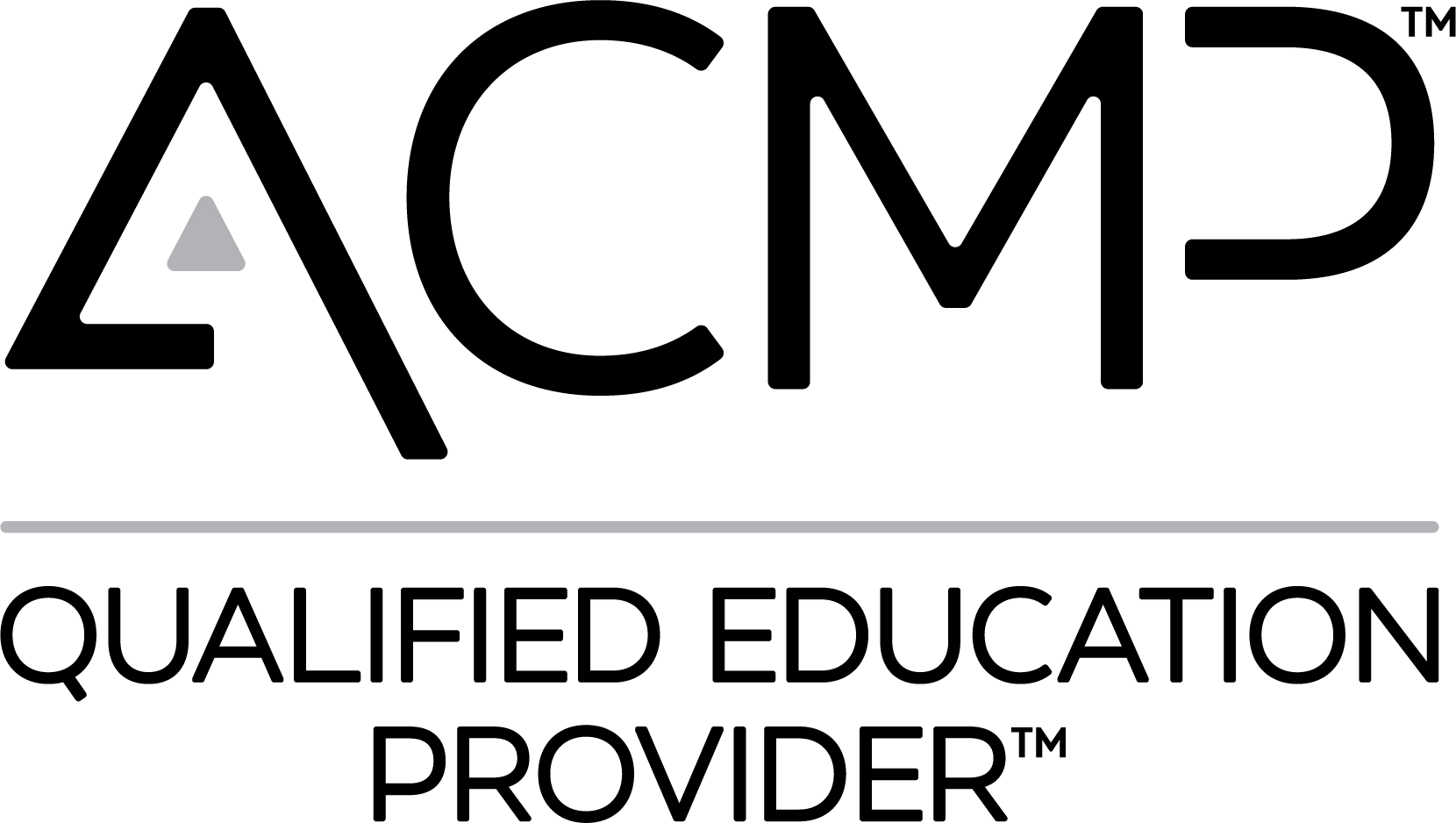Have you ever failed hard at something—like, big time? We have.
At Change Enthusiasm Global (CEG), we don’t just accept that failure happens; we treat it like the most honest teacher in the building. Not because we love the sting of missteps, but because the insights they unlock are too valuable to ignore.
Most of us have heard the usual talking points about failure: “fail fast,” “fail forward,” “mistakes are lessons.” Those are fine. But today we’re going deeper—into the reasons that don’t get airtime nearly enough. Specifically, three transformational outcomes you unlock when you learn from mistakes:
- Recognition and Acceptance (humility over hubris)
- Character Development (resilience over perfectionism)
- Empathy Expansion (connection over condemnation)
If you lead people, shape culture, or simply want to grow, these three will change the way you see setbacks—and how you coach others through them.
Reason #1: Recognition and Acceptance—The Antidote to Arrogance
You can’t learn from a mistake you won’t admit happened. Recognition and acceptance sound simple, but they’re radical moves in many workplaces that worship the illusion of perfection.
Here’s why recognition matters:
- It lowers your “arrogant jerk rate.” When you acknowledge you missed the mark, you send a clear signal: I’m not above feedback. I’m not threatened by reality. I’m here to get better.
- It invites humility. Acceptance is the hinge between what went wrong and what you’ll do differently next time.
- It builds trust. Owning errors publicly (without self-flagellation) shows your team they can be honest, too.
At CEG, during hiring we often ask: “What’s your biggest lesson learned from your most recent failure?” We’re not hunting for a flawless track record. Frankly, a “perfect” résumé can be a red flag. It might mean you’ve never had to rebuild, recalibrate, or renegotiate your approach under pressure. When mistakes finally hit—as they always do—people who’ve never had to metabolize failure can stall or spiral.
We want teammates who’ve fallen, learned, and risen with greater clarity. People who can say, “Here’s where I went wrong. Here’s what I changed. Here’s how I’m moving forward.” That’s humility in action—and it’s a competitive advantage.
Try this:
- Normalize after-action reviews. After projects (especially the messy ones), ask: What did we intend? What actually happened? What did we learn? What will we do differently?
- Make it visible. Create a shared “Lessons We’re Grateful For” doc or channel. When leaders post their own lessons learned, it resets the tone across the org.
- Reward candor. Recognize team members who surface issues early and propose fixes—before those issues become crises.
Reason #2: Character Development—Resilience, Not Perfection
Here’s a reframe we love (inspired by a lesson Cassandra’s wife lives by): Your character isn’t defined by the magnitude or the number of mistakes you make—it’s defined by how you respond once they happen.
Mistakes often bring a dragnet of emotions—shame, guilt, doubt. That’s human. The fork in the road comes right after:
- Path A: Shrink. Hide, over-justify, or rebrand the mistake as “not really a mistake.”
- Path B: Rise. Accept the miss, extract the insights, and apply what you learned—consistently.
Choosing Path B, repeatedly, is how character gets forged. It’s also how you build psychological endurance—the capacity to stay resourced, present, and creative even when the stakes are high.
In our work keynoting for and coaching leaders across industries, the stories that spark the biggest shifts are rarely about effortless wins. They’re about the messy middle—the tough calls, the false starts, the nights you questioned everything—and the specific practices that turned the tide. That’s where audiences grow, because that’s where leaders grow.
Try this:
- Install a “learning loop.” When a miss happens, move through four steps—Name it → Feel it → Learn it → Apply it. Schedule a quick follow-up 30–60 days later to confirm the lesson is actually in practice.
- Separate worth from work. Coach your team to distinguish “I made a mistake” from “I am a mistake.” This shift unlocks courage.
- Share the messy middle. Leaders: tell the truth about how you navigated your toughest setbacks. Model the behavior you want to see.
Reason #3: Empathy Expansion—Leading Humans, Not Headlines
When you learn from your own mistakes, you don’t just gain tactics; you gain texture—a felt memory of what it’s like to blow it, regroup, and try again. That memory changes how you lead.
Why this matters in business:
- Empathy improves coaching. If a direct report drops the ball, you can choose condemnation or curiosity. Empathy helps you choose the latter.
- Empathy strengthens accountability. Paradoxically, when you see the human across from you, you can hold a firmer, clearer bar without shaming them.
- Empathy accelerates learning. People internalize feedback faster when they feel seen, not scorched.
Imagine this scenario: A high-visibility deliverable is late and flawed. Instead of eviscerating the owner in a team meeting, you call a private debrief:
“I’ve been where you are. It hurts. Let’s mine this for learning. What broke? What will we change? How can I support you so we don’t repeat it?”
You’ve just transformed a performance conversation into a growth catalyst. That’s empathy operationalized.
Try this:
- Lead with “I’ve been there.” Briefly share a relevant failure and the fix you used. Then pivot to the person’s plan.
- Ask learning-first questions. What surprised you? What would an improved version look like? What resources were missing?
- Co-create the guardrails. Agree on two to three changes that prevent recurrence—process tweaks, earlier checkpoints, or pairing on high-risk work.
The Change Enthusiasm® Lens: Turning Emotion Into Your Advantage
At CEG we teach the Change Enthusiasm® framework: using emotion as data to fuel growth through disruption. Failure is one of those flashpoint moments where emotional signals spike—frustration, fear, embarrassment, even anger. Those signals are intel, not inconveniences.
A quick application during failure:
- Signal Spotting: Name what you’re feeling without judgment. (e.g., “I’m embarrassed and anxious.”)
- Opportunity Framing: Ask, “What might this moment be offering me or us?”
- Choice Making: Choose one action that moves you forward—apologize, escalate, pair program, add a QA checkpoint, renegotiate a deadline.
Repeat that sequence enough times and your team builds a muscle: we don’t crumble at mistakes—we convert them.
For Leaders: Build a Culture That Learns Out Loud
Culture is the average of what you tolerate and what you celebrate. If you celebrate only perfect outcomes, you’ll train people to hide. If you celebrate honest learning and fast repair, you’ll get speed, ingenuity, and trust.
Here’s a simple culture stack to implement:
- Clarity > Certainty. Strategy should be clear, not rigid. When reality shifts, update the plan and explain why.
- Checkpoints, Not Post-mortems. Don’t wait until the end to discover what’s broke. Add midpoint reviews where it’s safe to say, “This isn’t working—yet.”
- Blameless Reviews. Focus on systems, handoffs, and signals. Replace “Who messed up?” with “What made the error easy to make?”
- Make learning visible. Wrap projects with a short “What we changed because of this” note and share it org-wide.
For Teams: Practical Scripts You Can Use Tomorrow
Sometimes the hardest part is the first sentence. Steal these:
When you made the mistake
- “I missed the target on X. Here’s what happened, what I learned, and what I’m changing by Friday.”
- “I realized our estimate didn’t include Y dependency. I’ve added Z checkpoint so we catch this earlier next time.”
When your teammate made the mistake
- “I’ve been in your shoes. Let’s take 20 minutes to map what happened and design a fix we can test this week.”
- “What support or runway would have made success more likely? Let’s get that in place.”
When you’re coaching upward
- “We’re seeing repeat slips because we start design before we have data quality sign-off. Can we formalize that gate?”
Short. Specific. Forward-moving.
Why Perfectionism Is the Real Productivity Killer
Let’s say this plainly: Perfection is riskier than failure.
- It delays feedback until it’s too late to change.
- It punishes candor and rewards concealment.
- It creates brittle leaders who freeze the first time reality doesn’t match the plan.
High-performing cultures aren’t sloppy; they’re iterative. They make it safe to surface friction early, course-correct quickly, and codify the learning so everyone levels up.
From Setback to System: Capturing the Value
Turn one person’s hard-won lesson into enterprise value:
- Document the delta. What changed because of the failure? Write it down.
- Right-size the fix. Small issues get guardrails; recurring issues get process changes; systemic issues get ownership, budget, and timelines.
- Share the upgrade. Post the lesson where peers will actually see it—team ritual, wiki, Slack, monthly business review.
- Measure once. After 60–90 days, did the fix reduce recurrence, cost, cycle time, or customer pain? If yes, lock it in. If no, iterate again.
That’s how a single misstep becomes a flywheel for continuous improvement.
Bringing It Home: Failure as a Leadership Superpower
When you recognize and accept errors, you protect your team from arrogance and denial.
When you use mistakes to build character, you turn pain into resilience.
When you grow your empathy through failure, you become the kind of leader people will run to—not hide from—when things go sideways.
That combination—humility, character, empathy—is the bedrock of modern leadership. It’s how you create a culture where change doesn’t break people; it builds them.
Free Resource: Coach Your Team Through Setbacks
Mistakes are a natural part of every transformation. To help you lead through them, we’re sharing a free keynote snippet from Cassandra Worthy—packed with research and tactics to elevate and inspire teams navigating disruption, disappointment, and do-overs. It’s practical, energizing, and ready to use with your next 1:1 or team retro.
[Get the free keynote snippet →]
Ready to Turn Emotion Into Advantage?
If this resonated, you’ll love our Change Enthusiasm® programs. We help leaders and teams transform emotional friction into forward momentum—on real work, under real pressure.
- Bring CEG to your organization: Keynotes, workshops, and enterprise programs tailored to your change journey.
- Start with a quick win: Run a blameless review on your last project using the four-step learning loop.
Build the habit: Choose one behavior this week that normalizes learning out loud.
MORE
INSIGHTS
How to Make Learning Stick: A Strategic Approach to Lasting Change
Organizations today invest a significant amount in leadership development, but is it worth it? Learn how to make the most of your keynote investment and make change stick.
How to Announce Leadership Changes with Minimal Disruption: A Practical Communications Playbook
Leadership changes don’t have to derail momentum. Use this step-by-step playbook to announce a new CEO, executive shuffle, or org restructure with minimal disruption—covering the four must-have prep elements, delivery tips, and post-announcement engagement moves.
How to Create an Inclusive Work Environment—From Wherever You Sit
Learn what inclusion really means, why it’s mission-critical for today’s workforce, and three practical steps you can take from any seat.










